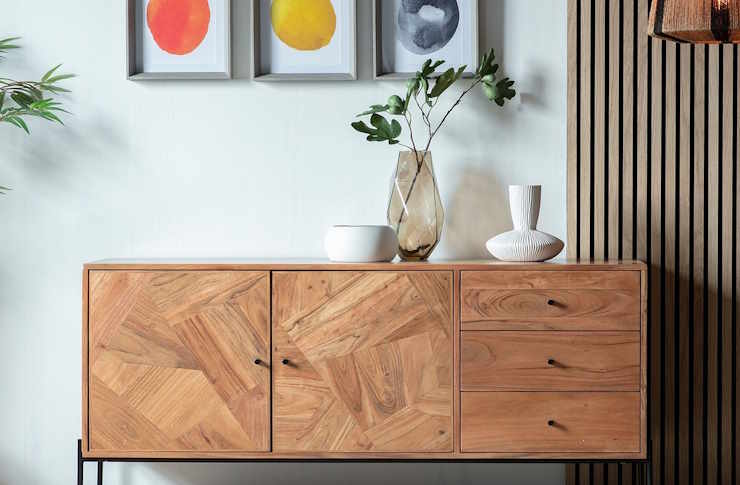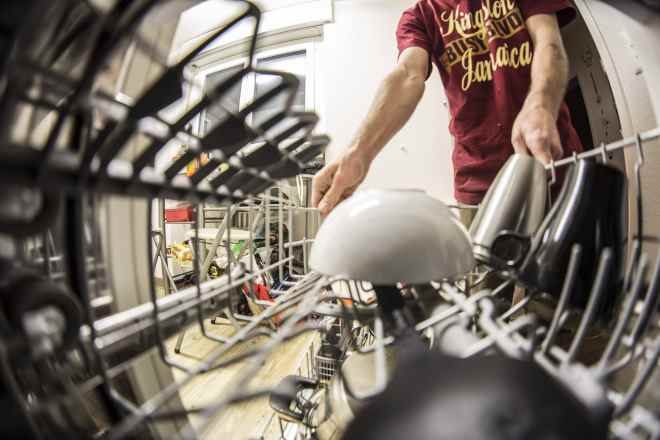Creative DIY Projects to Personalize Your Everyday Life (2025 Edition)
Adding a personal touch to everyday items can be both fun and rewarding. With a few simple materials and a bit of creativity, you can turn ordinary objects into something unique. These easy and affordable DIY projects help you express your style while keeping things practical.

DIY projects have become increasingly popular as people seek meaningful ways to customize their environments while managing expenses. The satisfaction of creating something with your own hands, combined with the ability to tailor results to your exact preferences, makes do-it-yourself endeavors particularly rewarding. Whether you’re a seasoned crafter or just beginning your creative journey, there are countless opportunities to make impactful changes throughout your home.
What Are Budget Home Improvement Ideas That Make a Real Difference?
Affordable upgrades can dramatically transform spaces without straining your finances. Painting remains one of the most cost-effective ways to refresh any room, with a gallon of quality paint ranging from $25 to $50 covering approximately 400 square feet. Cabinet refacing using peel-and-stick vinyl or contact paper costs between $10 and $30 per roll, providing a kitchen facelift for under $100. Installing new hardware like drawer pulls and cabinet knobs typically runs $2 to $15 per piece, instantly modernizing furniture and cabinetry. Updating light fixtures with energy-efficient options ranges from $15 to $75 per fixture, improving both aesthetics and utility costs. Creating accent walls using reclaimed wood, stencils, or removable wallpaper offers visual impact for $50 to $200, depending on materials and room size.
How Can You Approach DIY Home Decor Projects Successfully?
Successful decorating projects begin with clear vision and proper planning. Start by identifying your style preferences through inspiration boards or online platforms, then assess which areas of your home would benefit most from attention. Gather necessary supplies before beginning, ensuring you have appropriate tools and materials. Simple projects like creating gallery walls with thrifted frames, crafting custom throw pillows from fabric remnants, or building floating shelves from basic lumber provide immediate visual rewards. Macrame wall hangings, hand-painted terracotta planters, and repurposed furniture pieces add personality without requiring advanced skills. The key lies in starting small, building confidence, and gradually tackling more complex undertakings as your abilities develop.
What Are Simple Renovation Tips for Beginners?
Renovation work becomes manageable when broken into achievable steps. Begin with thorough cleaning and decluttering, which often reveals hidden potential in existing spaces. Address minor repairs like filling nail holes, caulking gaps, and tightening loose fixtures before moving to cosmetic improvements. Focus on high-impact areas such as entryways, bathrooms, and kitchens where small changes yield noticeable results. Learn basic skills through online tutorials, community workshops, or home improvement store classes. Always prioritize safety by using proper protective equipment and understanding your limitations—some tasks genuinely require professional expertise. Document your progress with photos to track improvements and identify what works best in your space.
Where Do Creative House Makeover Ideas Come From?
Inspiration surrounds us when we actively seek it. Nature provides color palettes and organic textures that translate beautifully into interior design. Vintage stores, flea markets, and estate sales offer unique pieces ready for creative reimagining. Online communities dedicated to home improvement share countless before-and-after transformations, detailed tutorials, and problem-solving discussions. Magazines and design blogs showcase current trends while demonstrating how professional designers approach spatial challenges. Your own lifestyle needs often spark the most practical ideas—storage solutions, workspace optimization, and comfort improvements all emerge from paying attention to daily routines and frustrations. Combining influences from multiple sources while maintaining your authentic preferences results in truly personalized spaces.
What Affordable Home Design Hacks Actually Work?
Several proven strategies deliver professional-looking results economically. Mirrors strategically placed opposite windows amplify natural light and create the illusion of expanded space, with basic mirrors available from $20 to $80. Rearranging existing furniture costs nothing but can completely change room flow and functionality. Adding crown molding or baseboards, which run approximately $1 to $5 per linear foot for materials, elevates perceived room quality. Using area rugs to define spaces within open floor plans ranges from $50 to $300 depending on size and material. Incorporating plants brings life and color for $5 to $50 per plant, improving air quality simultaneously. Consistent color schemes throughout connected spaces create cohesive flow, achievable through coordinating accessories and textiles rather than complete redecorations.
Understanding DIY Project Costs and Material Options
When planning do-it-yourself improvements, understanding realistic cost expectations helps with budgeting and decision-making. The following comparison illustrates typical expenses for common DIY projects and where to source materials.
| Project Type | Material Source | Cost Estimation |
|---|---|---|
| Wall Painting | Hardware stores, paint specialty retailers | $75-$200 per room |
| Cabinet Refacing | Home improvement centers, online retailers | $50-$150 per cabinet set |
| Floating Shelves | Lumber yards, hardware stores | $30-$80 per shelf |
| Decorative Lighting | Home improvement stores, lighting specialists | $25-$100 per fixture |
| Textile Projects | Fabric stores, online craft suppliers | $20-$75 per project |
| Garden Containers | Garden centers, thrift stores | $15-$60 per planter |
Prices, rates, or cost estimates mentioned in this article are based on the latest available information but may change over time. Independent research is advised before making financial decisions.
The beauty of DIY work lies not just in the finished results but in the skills developed and confidence gained throughout the process. Each completed project builds your capability to tackle increasingly ambitious improvements. Mistakes become learning opportunities rather than disasters, especially when working within your financial comfort zone. The personalization achievable through hands-on work creates spaces that genuinely reflect who you are, rather than simply following prevailing trends.
As you embark on your creative journey, remember that perfection isn’t the goal—personal expression and functional improvement are what matter most. Start with projects that excite you, gather quality tools gradually, and don’t hesitate to modify plans as you work. Your home should evolve alongside your changing needs and growing abilities, becoming a true reflection of your creativity and effort. The satisfaction of pointing to something you’ve made yourself never diminishes, making every hour invested worthwhile.




